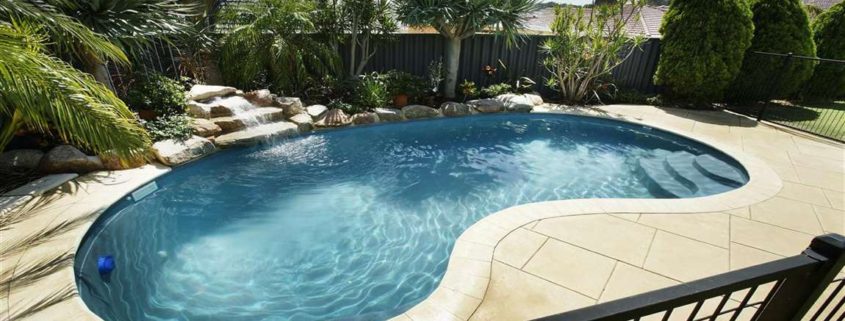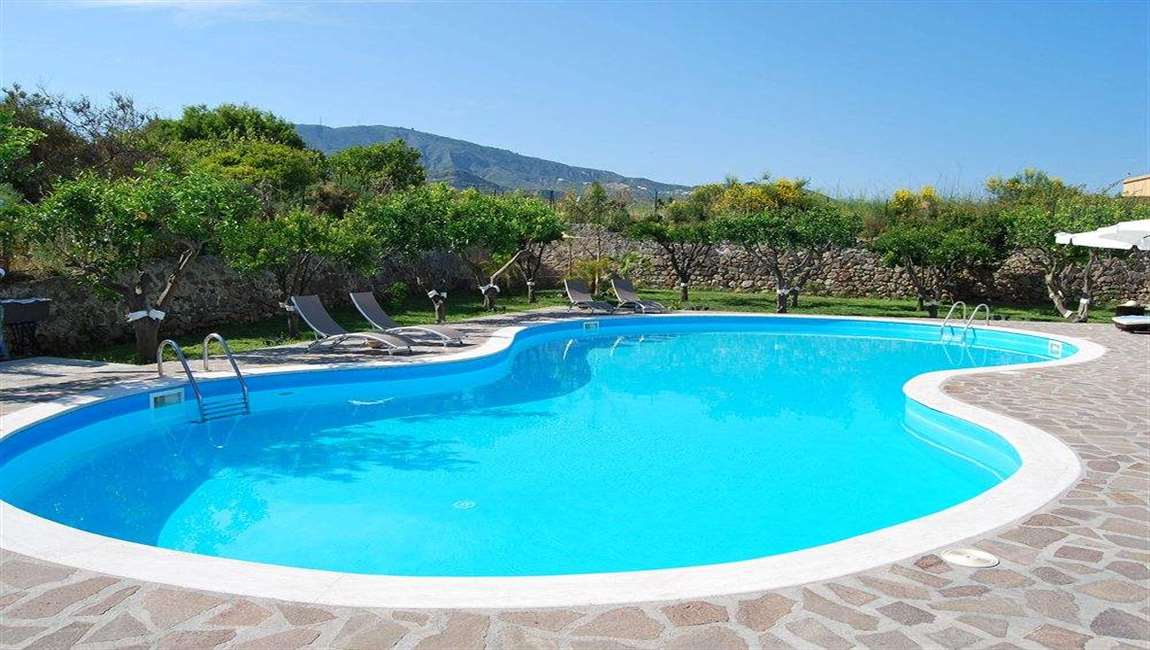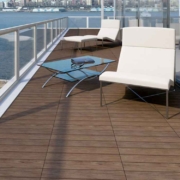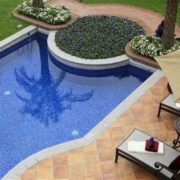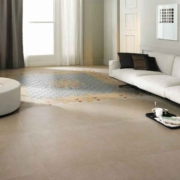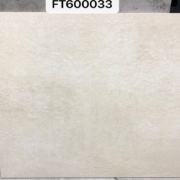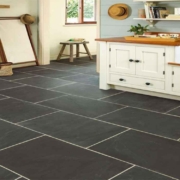How to Clean Pool Tile?
How you clean your tiles depends on what kind of calcium build-up they have. If your tiles only contain calcium carbonate scaling (minimal build-up), then use a pumice stone or a nylon bristle brush to remove scaling, mildew, and grime. However, if your pool tiles contain calcium silicate scaling, you may need to use a steam pressure washer or an acid solution to clean your pool tiles. If this is you, make sure to take the necessary precautions to prevent injury and harm.
Use a pumice stone cleaning calcium carbonate scaling. Because calcium carbonate scaling is white and flakey, it is easy to remove with a pumice stone. You can purchase pumice stones from your local pool maintenance store or online. Pumice stone is safe to use on hard surfaces such as tile and concrete. It can be used on both concrete and plaster pools. Do not use pumice stone on vinyl or fiberglass pools.
Try a nylon bristle brush. Use a nylon brush if your tiles are glass, ceramic or porcelain. A nylon brush will not scratch these tiles. As an alternative, you can use a 3M blue or white nylon scrub pad. Spray a releaser. Releasers, such as the Ocean Care Calcium Releaser, will soften the calcium for removal. The Ocean Care Calcium Releaser is acid-free, biodegradable, and non-toxic, making it safe to use without having to drain your pool completely.
Scrub the tile in a circular motion. Scrub the tiles until deposits, mildew, and build-up are gone. If using a pumice stone, make sure both the tile and the stone are wet at all times while cleaning. This will prevent any scratching. You may wear latex gloves to protect your hands while cleaning, but it is not necessary.

